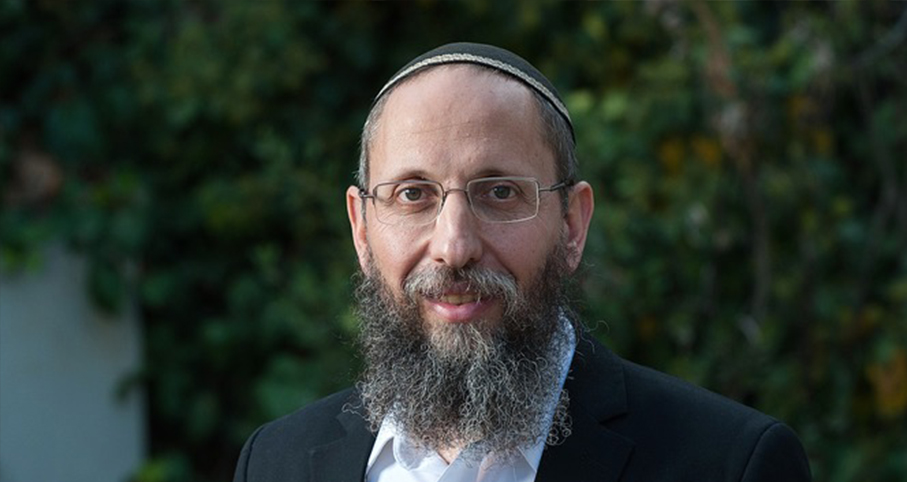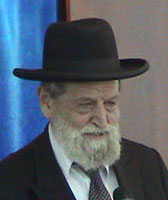Beit Midrash
- Sections
- Chemdat Yamim
- Ein Ayah
Ein Ayah: A person finds himself in a tight place between his various tendencies. It is difficult to find the exact balanced approach, and one does not succeed without first having failed. The mistake of greattzaddikim is to distance themselves too far from matters of physicality, to the point that they bring upon themselves afflictions of love such as this. This helps them clarify how they should be weighing each element and giving each power in life its full share.
That which is good for a tzaddik emerges from the "rebuke" he receives by means of this affliction, allowing him to hold on to the most exact line. However, he is likely to be concerned about the effect that the publicizing of his affliction will have on others, as they are likely to not understand the full significance of the affliction. People can think that the tzaddik’s affliction is also like that which affects average people, who get hadrokan because of sin and over-exposure to physicality. Then they will think that even the approach of the tzaddik, which seems significantly removed from physicality, is still not enough to make Hashem happy. This will give a distorted picture of proper ethics. It will also make people give up hope of ever succeeding in following the straight path, as they perceive that no one can succeed.
This is against one of the purposes of a tzaddik in setting his path, which is to improve the spiritual lot of others. When he sees that that which was subscribed for him to help further his moral standing will cause others to falter, he would prefer to give up his personal moral improvement on behalf of that of the broader community. This is the proper approach of one who is trustworthy to Hashem. Since Hashem does the desire of those who fear Him (based on Tehillim 145:19), Shmuel Hakatan was healed.
There is also a point to tzaddikim such as Abaye being punished for having an exaggerated approach to their service of Hashem. This can have the positive effect of convincing more normal people from attempting behavior of extreme piety, which should be designed for those who are especially great. Actually, only the more normally travelled path of Torah is fit for the masses, even as we should not cast aspersions on great people who go beyond that. That is why Rava made the statement that he knows that extreme asceticism is what caused Abaye’s problem. Abaye was able to suffer and overcome the problem, whereas common people should not, Heaven forbid, follow such an approach, which is improper for them.

Subject Matter for the Complete and the Incomplete
Various Rabbis | 3 Iyar 5770

"Various Levels of Bad & Their Exact Judgement"
(Ein Aya Shabbat Shabbat 5, 29)
Rabbi Ari Shvat | Tammuz 5783

Using & Misusing Natural Pity
Ein Aya Shabbat 5,16
Rabbi Ari Shvat | Adar 5783























